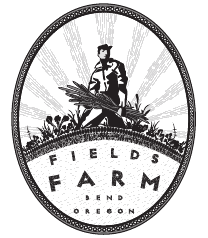Hi Folks,
We are at peak harvest time now through September. We will try to have
some of most items in the grey refrigerator all the time. This
includes;
Arugula – $4.00/bag
Beans – $3.00/bag
Beets – $2.00/bunch
Brocolli – $2.50/1 lb bag
Basil – $1.50/bag
Carrots – $2.00/bunch
Cucumbers – $1.50each
Garlic – by weight $8.00/lb, these will be in bags with the price on the bag
Greens, kales, swiss chard – $2.00/bunch
Lettuce mix – $4.00/bag
Onions – $2.00/bunch or .50each
Oregano – $1.00/bunch
Parsley – $1.00/bunch
Peppers, sweet – $1.50 each
Potatoes – $3.00/3 lb bag
Fingerlings – $3.00/ 2 lb bag
Summer squash – .75 each
Tomatoes – $3.00/pint
Wild Rice – $3.50/8oz or $13.00/2lbs
Enjoy!
Debbie









